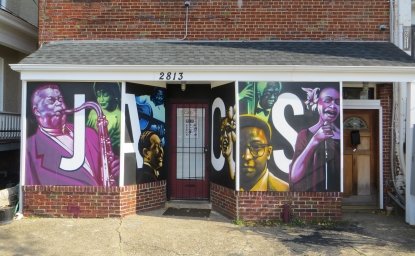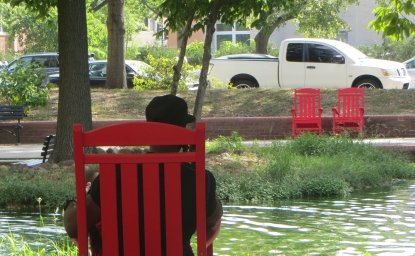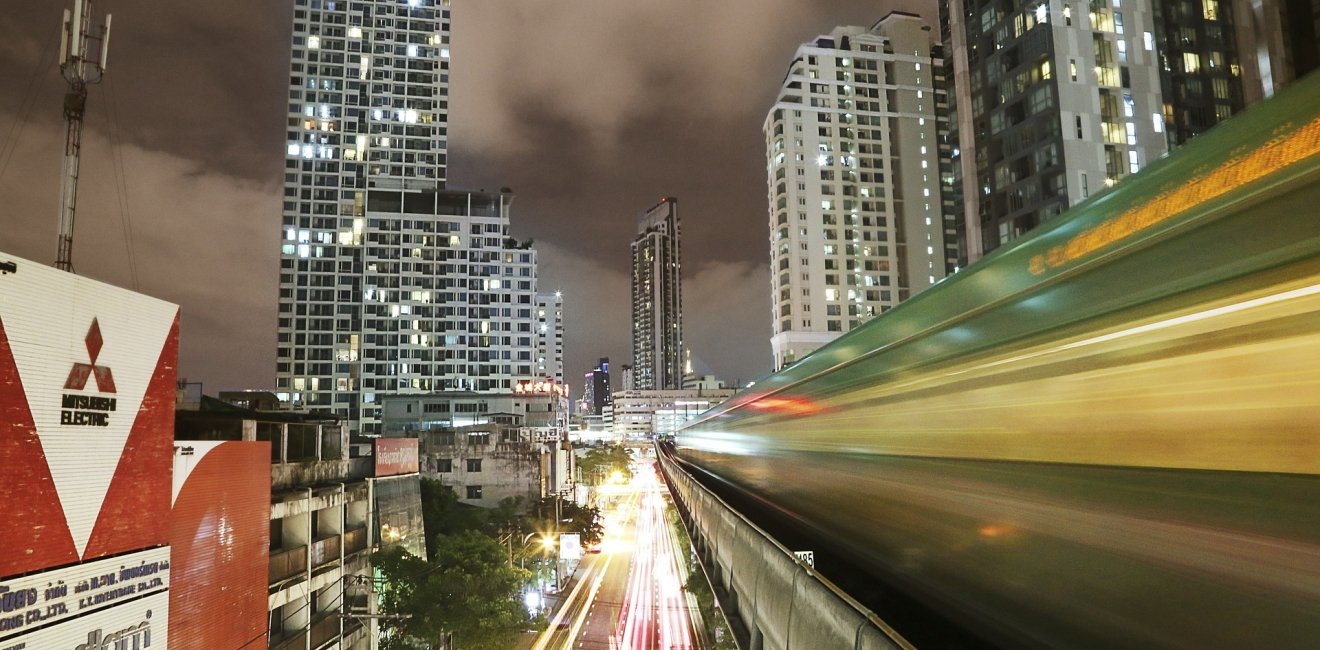Smart technology holds the promise of mobility with ease, thereby resolving vexing issues of immobility and non-connectivity. Cars – often self-driven – will stand at the ready for anyone to use; parking will be ubiquitous; self-propelled buses, subways, and trains will carry busy passengers to all ends of town; boom-and-bust traffic cycles tied to rush hours will even out; electronic vehicles propelled by self-charging super-battery technologies will alleviate the need for fueling breaks; and the poor will be able to get to jobs on the rich side of town.
The dream is compelling and, in very short order, can be realized. Engineers already have – or soon will have – conquered many long-standing boundaries to the free flow of people and of the goods they produce.
The challenge before urban transport managers is not the future; it is the past. Cities are never clean slates ready to be written on by the latest arrival with a new patent in hand. Unfortunately, legacy challenges – be they economic inequalities, political imbalances, community divisions, or prosaic procurement policies – often undermine the best of engineering intentions. These are some of the policy ghosts of long forgotten mistakes that live on seemingly forever. As the Norwegian playwright Henrik Ibsen one observed, “it is not only what we have inherited from our fathers and mothers that exists again in us, but all sorts of old dead ideas and all kinds of old dead beliefs and things of that kind. They are not actually alive in us; but there they are dormant all the same, and we can never be rid of them.”
Transportation systems are among the largest projects any city will undertake, and their impact lasts for decades. Some cities – New York, Buenos Aires, Budapest, and Paris come to mind – exist as they do today because of decisions made by engineers a century ago and, in London, almost a century-and-a-half ago. Large transportation projects shape more than the physical contours of a city. Their financing determines the ability of a city to raise revenues from bond markets for decades; and the effectiveness of their operation establishes who has access to the best employment opportunities. Such projects are unsurprisingly first and foremost political enterprises. Getting the engineering right is essential; as is getting the finances lined up. Getting the politics and management exact can be no less important for the long term viability of new transportation systems.
The negative consequences of relying too much on technology before busting the ghosts of dysfunctional political and managerial cultures are strikingly visible in Washington, D.C. Within a couple of decades of opening in 1976, Washington’s metro had grown into the second largest and busiest heavy rail transit system in the United States. But all was not well. With each new line, politicians would gather, smile, and cut a ribbon proud of the expanding metro empire. Meanwhile, behind the scenes, they ruthlessly slashed maintenance budgets. As the lines opened, metro began purchasing new cars. Sometimes, someone got the design and inspection wrong and cars would break down with unpredictable frequency. Other times, the procurement process dragged on for years. At all times, disabled cars delayed increasingly frustrated passengers with growing regularity.
A jerry-built governance structure and an absence of a secure funding source amplified by a culture mocking transparency and accountability programmed the Washington metro for failure. Believing that technology would solve problems beyond its own design capabilities, managers and employees came to rely on machines to set off alarm bells rather than trusting their own eyes and ears. The ghosts of political arrangements and management practices from the past accelerated the deterioration of a system that had been touted as the most modern in transit technology forty years before.
The Washington metro story offers a precaution against assumptions that technology alone can resolve the inevitable potential trials facing new transit systems. Other transit systems demonstrate success. What are the key lessons to be learned from these positive examples? The following guidelines help to frame the challenge. Together, they represent aCARPET of transportation options that envelope the cityscape:
CONTEXT matters. In considering new transportation projects, planners need to have a solid grasp on existing conditions including present transport, employment, and housing patterns. This analysis is already standard. What may be a little unusual is that thought needs to be given to political context over time. In situations involving multiple jurisdictions, for example, long-term funding and administrative support must be secured at the outset. Employers in France, for example, pay taxes to local transportation authorities, providing a reliable funding source and with it, accountability mechanisms.
ASK questions. Potential users of any new system often know more than experts think they know about how a system must function. Planners should listen to what is being said to be sure that new systems go where people actually want to go. In 2004, the Colombian city of Medellin, created a gondola transit system as part of neighborhood upgrading projects, all of which were designed with active input from community members. The system has improved residents’ quality of life, decreased violence in the neighborhood, and addressed spatial inequality as well as reducing emissions and maintaining sustainable mobility.
RIGHT SIZE plans. Transportation projects, if they are to be sustained over time, need to conform to the financial and administrative capacities of communities. There is little to be gained by building a cutting-edge system in communities which neither has the funds nor the management capacity to support the system over the long haul. Oftentimes, building a Bus Rapid Transit (BRT) system is more manageable and cost effective than rail-based systems by providing designated lanes for buses, consolidating bus stops to reduce their number along a route, and by single payment systems.
PROTECTED space. Transit systems need to provide citizen security, with adequate resources being provided to make them safe and resilient. Public transportation systems such as LA County Metropolitan Transportation Authority and Charlotte Area Transit System have launched safety apps that allow riders to call the police or report a problem quickly and easily, allowing for two-way communication.
ENGAGE riders. Reaching out to communities on an on-going basis is important for success. To do so, transit authorities much nurture persistent and long-term relationships with their ridership throughout the lifetime of a system rather than single consultation sessions during the planning process. For example, the Straphangers Campaign within the New York Interest Research Group, has played a prominent role over several decades by regularly publishing the rankings of New York’s twenty subway lines and periodically holding contests for the 10 best and worst transit events of the year.
TRACTABILITY in the face of change. Adaptability to new realities moving forward is important in sustaining mobility in an urban system. Systems should be designed to respond to those changes. The Paris Metro started out as a classic urban system operating within the administrative boundaries of the city. As Paris expanded beyond city limits, planners began thinking in regional terms. The RER-Reseau Express Regional is operated jointly by Paris Metro operator RATP and national rail operator SNCF.
Collectively, the sensibilities reflected by a CARPET — for transportation policies – CONTEXT, ASK, RIGHT SIZE, PROTECTED, ENGAGE, TRACTABILITY – create the possibility of putting some of the ghosts of the past to rest to enable the advances in mobility promised by new technologies to succeed. By doing so, they offer the promise of slaying some of the ghosts of public policies past.
To read the article in its original format please click here.
Author

Former Wilson Center Vice President for Programs (2014-2017); Director of the Comparative Urban Studies Program/Urban Sustainability Laboratory (1992-2017); Director of the Kennan Institute for Advanced Russian Studies (1989-2012) and Director of the Program on Global Sustainability and Resilience (2012-2014)

Urban Sustainability Laboratory
Since 1991, the Urban Sustainability Laboratory has advanced solutions to urban challenges—such as poverty, exclusion, insecurity, and environmental degradation—by promoting evidence-based research to support sustainable, equitable and peaceful cities. Read more

Explore More in Building Inclusive and Livable Cities
Browse Building Inclusive and Livable Cities
Hometown D.C.: America's Secret Music City

Bringing New York to the Broadway Stage

10 Steps to a More Genuine DC Experience


